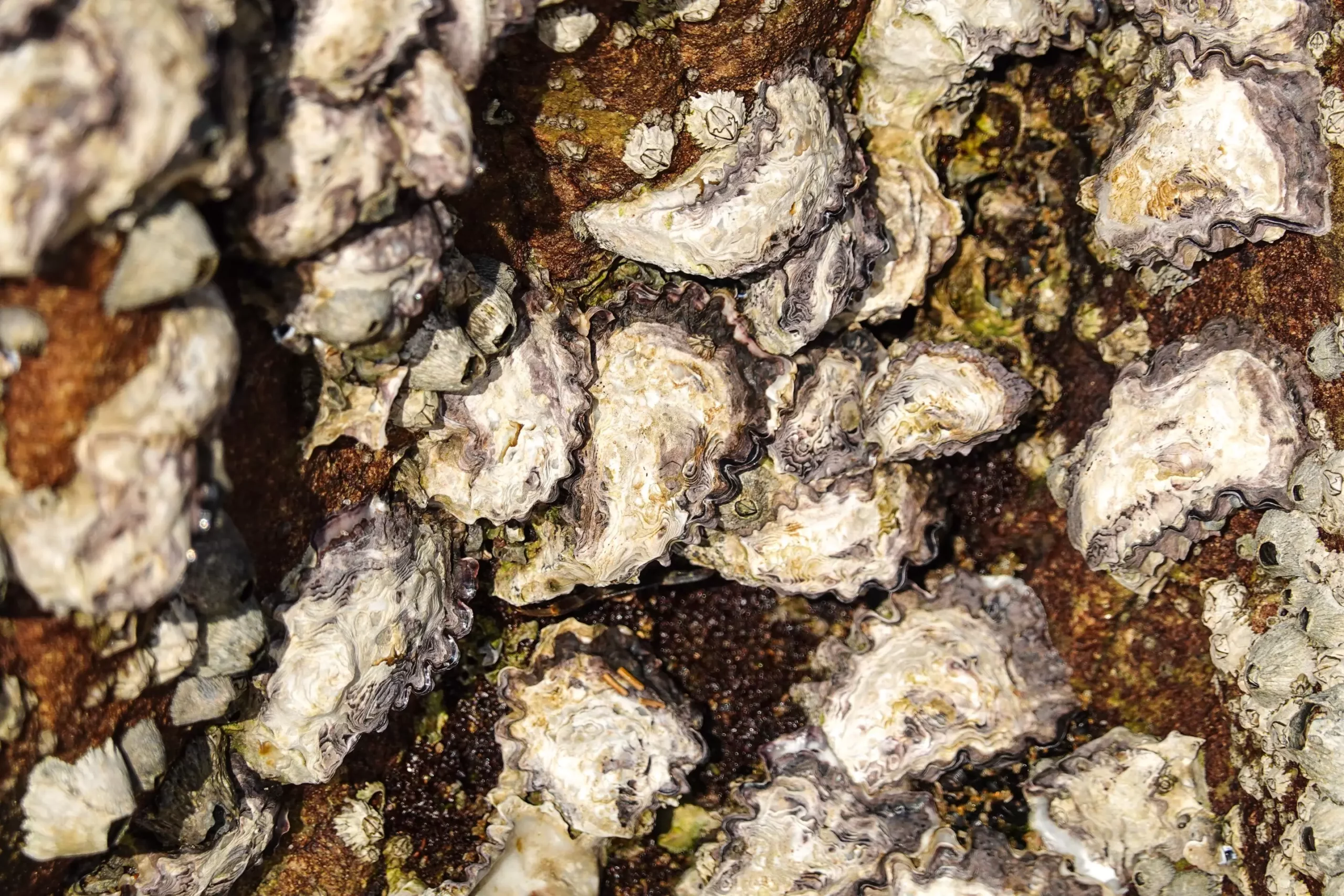Oysters have long been celebrated primarily for their culinary appeal, but recent scientific discoveries have unveiled their potential to revolutionize industries ranging from construction to medicine. The Etheria elliptica species, which inhabits the freshwater ecosystems of Africa, produces a remarkably unique adhesive that could lead the way toward the development of more sustainable bonding agents. In light of increasing environmental consciousness, redefining adhesive technologies through insights gathered from nature aligns perfectly with the goals of eco-friendliness and efficiency.
An international team of researchers, utilizing state-of-the-art facilities like the Canadian Light Source (CLS) at the University of Saskatchewan, has undertaken a meticulous analysis of this oyster’s adhesive. Their findings portray a complex biological material reminiscent of the structures found in human teeth and bones—highlighting the possibility that biomimicry could yield adhesives suitable for medical applications such as dental implants. The study reflects a burgeoning interest not just in the composition of the adhesive, but also in how its unique properties can inspire novel synthetic alternatives.
Rebecca Metzler, a physicist at Colgate University, has led these studies, emphasizing the adhesive’s composition of aragonite—a mineral that the oysters skillfully manipulate to create a material with a gradient of hardness. This special arrangement provides a soft exterior that progressively hardens, effectively enhancing its bonding capabilities. With insights into how these pteridophytes have adapted over time, Metzler’s work underscores the potential for mankind to harness nature’s genius to form safer, more effective synthetic adhesives.
The intricate nature of oyster adhesive lies not only in its chemical components but also in its structural characteristics. Metzler’s team found that the aragonite particles bind to form crystals of varying sizes and shapes, which further contribute to the adhesive’s overall effectiveness. Employing sophisticated spectroscopic techniques at both CLS and the Advanced Light Source (ALS) synchrotron, the researchers were able to glean crucial data about this remarkable material.
Their findings suggest that mimicking this biological adhesive could result in the creation of synthetic glues that boast similar—if not superior—properties. This revelation is timely, as the demand for biodegradable materials in various sectors, especially packaging and construction, grows stronger amid ongoing climate challenges.
The implications of this research extend far beyond academic curiosity; they herald significant advancements across multiple industries. Potential applications range from creating biodegradable bonding agents for packaging to developing robust solutions for underwater construction. The ability to utilize a naturally derived adhesive could also revolutionize dental treatments, using eco-conscious principles to ensure that patients receive effective dental implants that align with a sustainable future.
Further, Metzler suggests the feasibility of using synthetic glues based on oyster adhesives in restoring underwater reefs—an ecosystem vital for biodiversity and environmental balance. This aspect of her research holds promise not only for the development of new materials but also underscores the critical need for ecological preservation, highlighting the status and protection of Etheria elliptica in the face of the ongoing threat of climate change.
As fascinating as the current findings are, Metzler’s research prompts further investigation into how climate change influences these oyster populations. Given that the specimens studied were collected years prior, evaluating how environmental shifts affect the production of oyster adhesive today is a natural next step. Ultimately, understanding these dynamics could inform conservation efforts and sustainable harvesting practices, ensuring the longevity of these enigmatic creatures.
The exploration of Etheria elliptica’s adhesive not only illustrates how nature provides innovative solutions but also serves as a reminder of the intricate connections between ecosystems and technology. By understanding and leveraging these natural mechanisms, researchers are paving the way for ecological product development that aligns with sustainable living—a step forward in our collective responsibility toward preserving the planet. The path from the ocean depths to the biomedical laboratory seems paved with the promise of transformative advancements, reminding us that sometimes, nature knows best.

